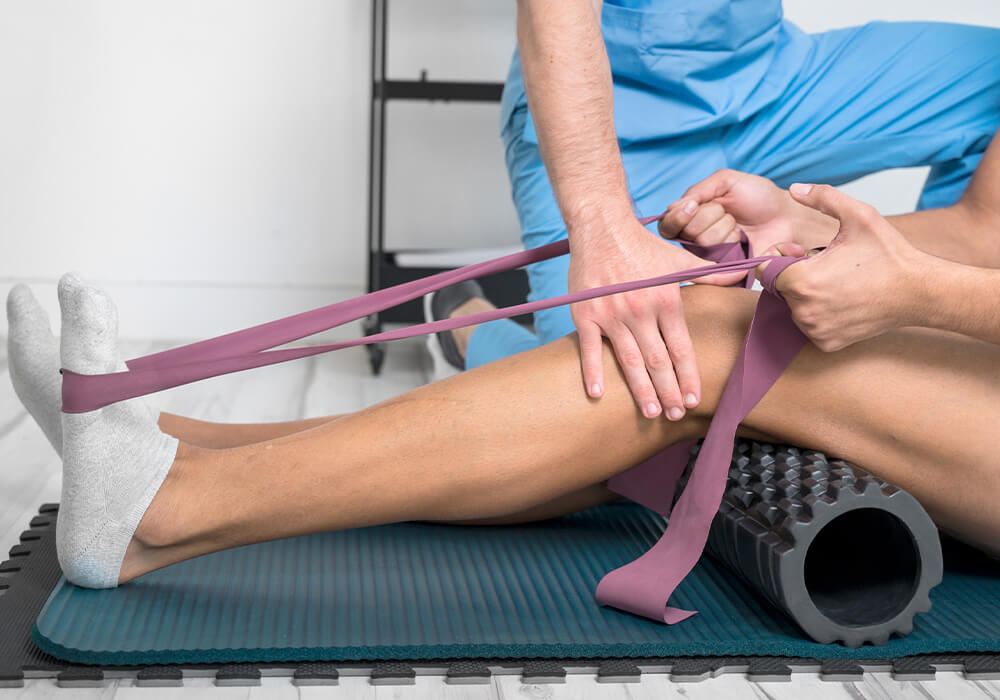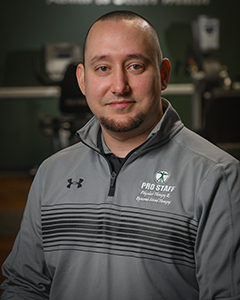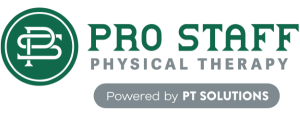Healing and Strengthening Techniques for Fracture Recovery
Fractures are common injuries resulting from various causes, including accidents, falls, and sports injuries. The journey to recovery involves healing the fracture and restoring muscle strength, flexibility, and overall functionality of the affected area. Pro Staff Physical Therapy offers a comprehensive approach to fracture recovery, incorporating both healing and strengthening techniques to ensure a return to pre-injury levels of activity and beyond.

Understanding Fractures
Fractures, or breaks in the bone, come in various types depending on the force that caused the break, the integrity of the bone, and how it influences the bone’s structure. Understanding these types is crucial for diagnosis and treatment. Here’s a rundown of several common types of fractures:
- Simple Fracture: In a simple, or closed fracture, the skin around the broken bone remains intact. There is no open wound over the fracture site.
- Oblique Fracture: Oblique fractures feature an angled pattern across the bone and are often the result of a sharp-angled blow to the bone.
- Spiral Fracture: A spiral fracture is caused by a twisting force, causing the break to spiral around the bone. This is common in sports-related injuries.
- Stress Fracture: Stress fractures are tiny cracks in the bone, often caused by repetitive force or overuse. They are common in athletes and military recruits.
- Compression (Crush) Fracture: This type of fracture usually occurs in the spongy bone in the spine. It is often caused by osteoporosis and involves the bone collapsing on itself.
- Avulsion Fracture: An avulsion fracture occurs when a small chunk of bone attached to a tendon or ligament gets pulled away from the central part of the bone. This is often the result of a sudden, forceful pull on the bone.
- Impacted Fracture: In an impacted fracture, the ends of the broken bone are driven into each other. This often occurs from a fall, compressing the bone on impact.
Each type of fracture requires a specific approach to treatment to ensure proper healing and restore function. Understanding the fracture’s nature is critical to developing the most effective treatment plan.
Healing with Physical Therapy
Fracture recovery is a complex process that unfolds in stages, starting with the body’s natural healing response to bone injury. This involves the formation of a blood clot around the break, followed by the development of fibrous tissue and the gradual replacement of this tissue with new bone. While this process occurs, supporting the body through physical therapy is crucial to ensure optimal outcomes.
Immediate Care and Pain Management
Casts, splints, or braces to keep the broken bones in alignment and protect them while they heal are often the first step in treatment. Immobilization limits movement, allowing the natural healing process to occur more efficiently.
The initial phase of fracture recovery also focuses on reducing swelling, managing pain, and stabilizing the affected area. Pro Staff Physical Therapy employs various modalities, such as ice therapy and gentle manual techniques, to alleviate pain and reduce inflammation. Pain management is tailored to each patient’s tolerance and specific situation, ensuring comfort and facilitating the early stages of healing.
Restoring Mobility and Flexibility
As the fracture heals, regaining the range of motion in the affected area becomes a priority. Pro Staff physical therapists introduce gentle, controlled movements to prevent stiffness and maintain joint flexibility. Flexibility exercises and soft tissue massage can also improve muscle elasticity and joint mobility.
Techniques such as massage and mobilizations can improve tissue flexibility, reduce scar tissue, and enhance joint mobility, contributing to overall recovery and strength. Electrical stimulation can enhance bone healing by encouraging the body’s natural repair processes for slow-healing fractures.
Functional Training
The ultimate goal of fracture recovery is to return to normal activities involving daily tasks, work responsibilities, or sports. Functional training is a critical component of rehabilitation, involving exercises and activities that simulate real-life movements and functions. Pro Staff Physical Therapy ensures that each patient’s program is customized to their needs and goals, facilitating a smooth transition back to everyday life.
Strengthening Techniques for Recovery
Muscle weakness and atrophy are common after a fracture due to immobilization and reduced activity. Strengthening programs target the muscles directly affected by the injury and surrounding muscles to ensure balanced muscle support. Here are some examples of exercises commonly included in such programs, tailored to various stages of recovery and always respecting the healing process of the bone:
Early Stage: Limited or No Weight-Bearing
- Isometric Exercises: Involve tensing the muscles without moving the joint, such as pressing the foot down against an immovable object, to rebuild strength without stressing the healing bone.
- Ankle Pumps and Circles: For lower extremity fractures, gentle ankle movements can help maintain muscle tone and encourage circulation, aiding overall recovery.
- Quadriceps Sets: Tightening the thigh muscles with the leg straight helps maintain muscle mass without bearing weight on the leg.
Intermediate Stage: Partial Weight-Bearing
- Seated Leg Extensions: While sitting, extending the leg at the knee and slowly lowering it back down can help strengthen the quadriceps without full weight-bearing.
- Resistance Band Exercises: Using a resistance band for leg presses or arm pulls can begin to rebuild strength in a controlled manner, allowing for resistance adjustment as recovery progresses.
- Pool Exercises: Aquatic therapy can be beneficial, allowing for resistance training with reduced weight-bearing. Walking in water or using flotation devices to perform leg lifts and arm swings can effectively build strength.
Advanced Stage: Full Weight-Bearing
- Leg Presses and Squats: As the bone heals and can safely handle more stress, traditional weight-bearing exercises like leg presses and squats can be incorporated to build muscle strength and endurance further.
- Lunges: Lunges are excellent for strengthening the muscles affected by the injury and those of the entire lower body, enhancing stability and balance.
- Step-ups: Using a step or bench, stepping up and down focuses on the thigh and buttocks muscles, simulating everyday activities and ensuring the muscles are prepared for regular use.
- Bicep Curls and Tricep Extensions: For upper body fractures, as the patient progresses, incorporating dumbbells or resistance bands to perform bicep curls and tricep extensions can help regain arm strength.
Throughout All Stages
- Progressive Resistance Training: Gradually increase the resistance or weight as the patient’s condition improves, always within their comfort and safety limits.
- Core Stability Exercises: Incorporating exercises like the plank or using a balance ball to engage and strengthen the core muscles is vital for overall stability and injury prevention.
- Balance and Proprioception Training: Balance exercises and proprioceptive training help prevent falls and re-injury. This aspect of therapy is essential for regaining confidence in movement, especially for older adults or those recovering from lower extremity fractures. Exercises like standing on one foot or using balance boards can be beneficial.
These exercises should be conducted under the guidance of your physical therapist. They can provide personalized advice and adjustments based on your recovery pace, ensuring the strengthening program supports the healing process while effectively rebuilding muscle strength and function.
Education and Prevention
Education and prevention are integral to fracture rehabilitation at 4 Oaks. Patients receive guidance to understand better their injury, the stages of healing, and strategies for preventing future injuries. Education encompasses nutritional advice, ergonomic practices, and methods for modifying risk factors to promote overall health.
Patients are also taught about gradual progression—how to safely and slowly increase the intensity and frequency of their exercises. This approach ensures that the rehabilitation process does not place excess stress on tissues that are still healing, promoting an effective and sustainable recovery.
Start Recovering Today!
Pro Staff Physical Therapy simplifies fracture recovery, blending bone healing with muscle strengthening to quickly get you back on your feet. Our approach starts with essential pain management and moves through stages of physical therapy designed to restore your movement and rebuild strength safely. Every recovery phase includes educational insights, guaranteeing that your recovery is complemented by knowledge on preventing future injuries. If you or a loved one are navigating the challenges of fracture recovery, Pro Staff Physical Therapy provides the guidance, support, and expertise needed to return to an active, fulfilling life. Schedule an appointment online or find a location near you to start recovering today.
Pro Staff Institute, LLC, has a network of outpatient physical rehabilitation centers in New Jersey. Pro Staff was founded in 2010 by Frank Pavlisko and Michael Maffucci. Through Frank’s 25 plus years experience in Physical Therapy and Michael’s experience in Management Services, our goal is to exceed customer expectations by providing the highest quality of service in a fun, family, friendly, and encouraging environment.
PRO STAFF LOCATIONS
OFFERING CERTIFIED
HAND THERAPY
Managing Diabetes: The Role of Physical Therapy
Managing Diabetes: The Role of Physical Therapy As of 2024, approximately 38.4 million Americans, or 11.6% of the U.S. population, have diabetes. Of these, 29.7 million cases are diagnosed, while an estimated 8.7 [...]
Staying Active and Injury-Free During Summer Activities
Staying Active and Injury-Free During Summer Activities Summer is a fantastic time to engage in outdoor sports and physical activities. Whether playing soccer, tennis, cycling, or jogging in the park, staying active is [...]
The Importance of Posture: How Proper Alignment Can Prevent Pain and Injury
The Importance of Posture: How Proper Alignment Can Prevent Pain and Injury In today's fast-paced world, where many hours are spent over desks, smartphones, and computers, posture is often neglected. Poor posture can [...]




